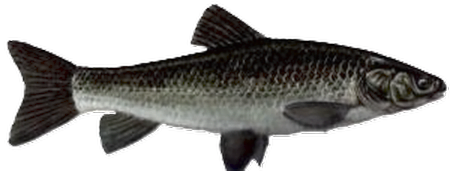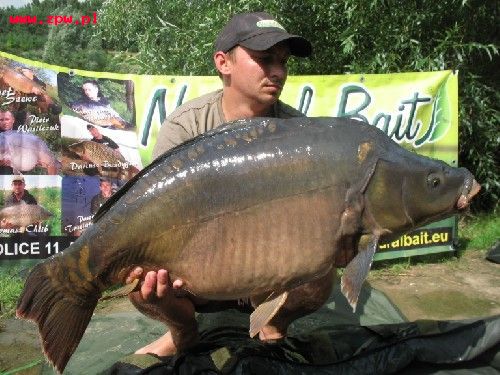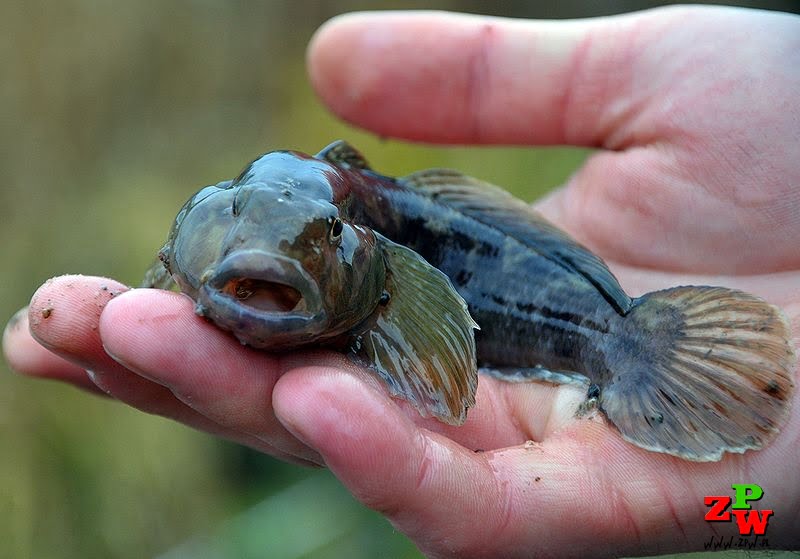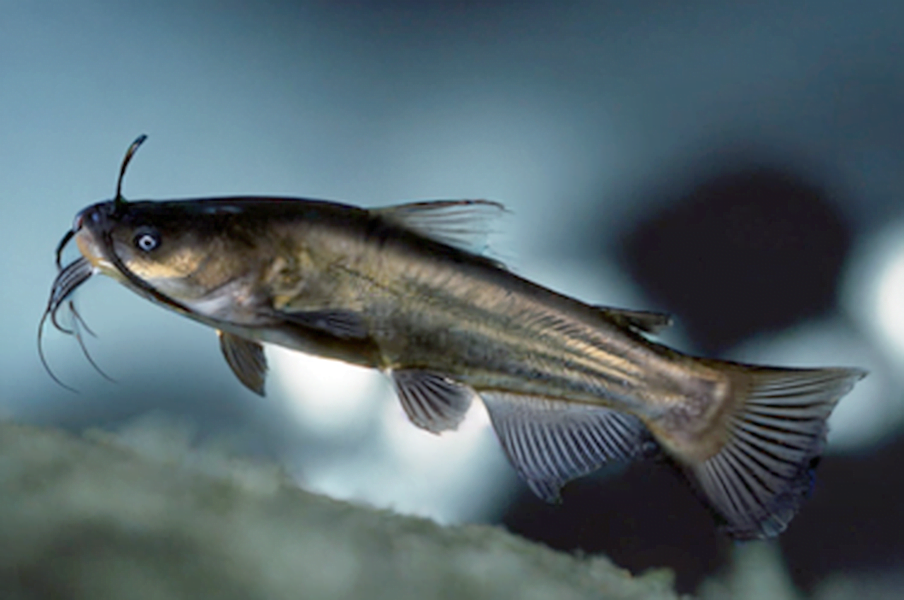Amur czarny- (Mylopharyngodon piceus)- Black carp

Amur Czarny: Ryba z Rodziny Karpiowatych
Amur czarny (Mylopharyngodon piceus) to gatunek ryby słodkowodnej z rodziny karpiowatych (Cyprinidae). Pochodzi z Azji Wschodniej i jest szeroko rozpowszechniony w Chinach.
Opis
- Ciało: Amur czarny ma wydłużone, bocznie spłaszczone ciało.
- Ubarwienie: Charakteryzuje się ciemnym ubarwieniem, stąd nazwa “czarny”. Odcień może być jednak różny w zależności od warunków środowiskowych.
- Ryby słodkowodne: Zamieszkuje wody słodkie, takie jak rzeki, jeziora i stawy.
- Wielkość: Dorosłe osobniki mogą osiągać długość około 60-80 cm.
Występowanie
Amur czarny występuje naturalnie w wielu regionach Chin, głównie w dorzeczu rzeki Jangcy. Ponadto, został introdukowany w wielu innych krajach, w tym w Stanach Zjednoczonych, gdzie jest uważany za gatunek inwazyjny.
Żywienie
Jest to ryba roślinożerna, żywi się głównie roślinnością wodną, glonami i detrytusem.
Znaczenie
Amur czarny ma znaczenie jako ryba rekreacyjna oraz w akwakulturze. Jest ceniony przez niektórych akwarystów ze względu na swoje ciekawe ubarwienie i spokojne zachowanie.
Zagrożenia
W niektórych regionach Amur czarny może stanowić zagrożenie dla lokalnych ekosystemów wodnych jako gatunek inwazyjny, wypierając rodzime gatunki ryb i zakłócając równowagę biologiczną.
Podsumowanie
Amur czarny to interesujący gatunek ryby słodkowodnej, który ma swoje miejsce zarówno w naturalnych ekosystemach, jak i w akwariach i hodowlach rybnych.
Amur Czarny (Mylopharyngodon piceus) – Rola w Kulturze i Ekosystemie
Amur czarny, zwany również czarnym karpikiem, jest rybą o istotnym znaczeniu kulturowym i ekologicznym, zwłaszcza w Chinach, gdzie jest ceniony jako ryba spożywcza i w tradycyjnej medycynie chińskiej.
Oto kilka istotnych informacji na temat tej fascynującej ryby:
Rola w Kulturze i Życiu Społecznym:
- W Chinach, razem z innymi gatunkami karpia, Amur czarny stanowi ważny element diety i jest ceniony za swoje walory smakowe.
- Ryby karpie, w tym Amur czarny, są również często obecne w chińskiej kulturze, symbolizując dostatek i dobrobyt.
Znaczenie Ekologiczne:
- Amur czarny, będąc rybą roślinożerną, odgrywa istotną rolę w ekosystemach słodkowodnych poprzez kontrolę roślinności wodnej i glonów.
- Jednakże, w niektórych regionach, zwłaszcza poza swoim naturalnym środowiskiem, może stanowić zagrożenie dla lokalnej fauny i flory jako gatunek inwazyjny.
Wykorzystanie w Kontroli Słodkowodnych Ekosystemów:
- W Stanach Zjednoczonych, Amur czarny został wprowadzony w celu kontrolowania populacji ślimaków w hodowlach rybnych, które są alternatywnymi żywicielami dla pasożytów atakujących ryby hodowlane.
- Jednakże, istnieje ryzyko, że wprowadzenie Amura czarnego może prowadzić do niekontrolowanego rozprzestrzeniania się gatunku i zakłócania miejscowych ekosystemów.
Wnioski:
Amur czarny to nie tylko istotny element kultury i diety w Chinach, ale również ważny gracz w ekosystemach słodkowodnych, zarówno w swoim naturalnym środowisku, jak i w miejscach, gdzie został introdukowany. Ważne jest zrozumienie wpływu tego gatunku na lokalne środowiska i podejmowanie odpowiednich działań w celu zapewnienia zachowania równowagi ekologicznej.
















